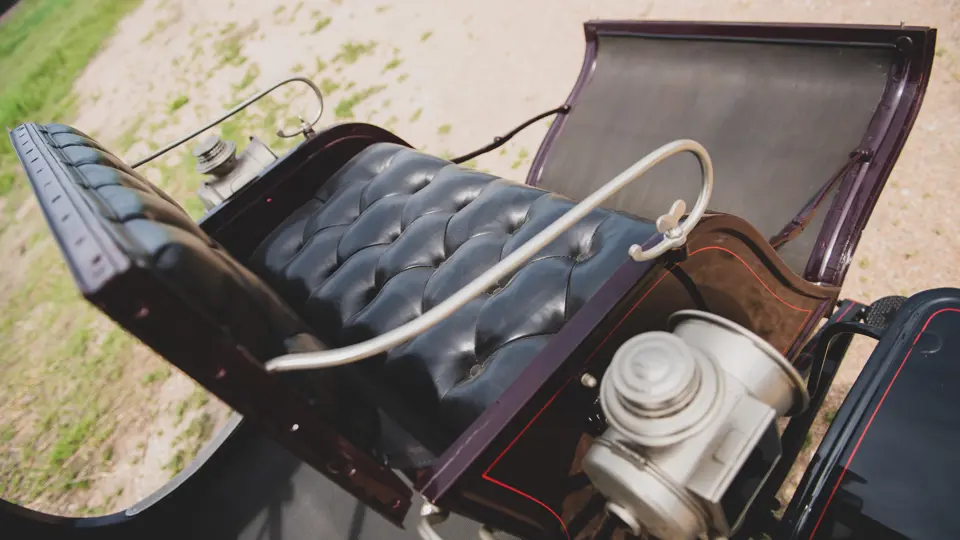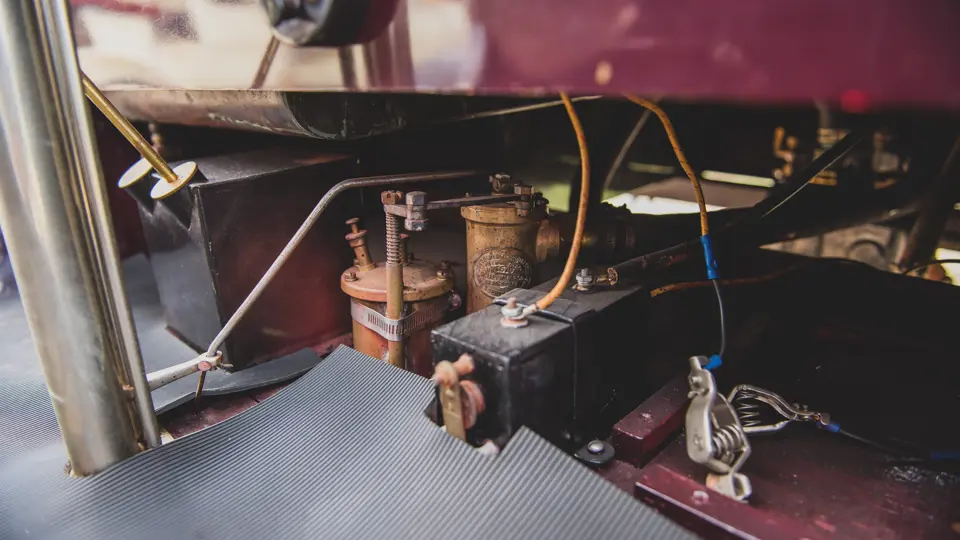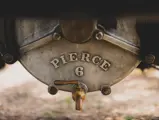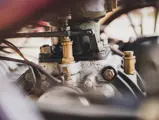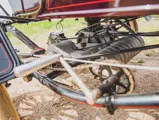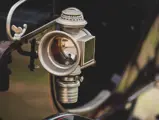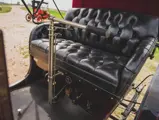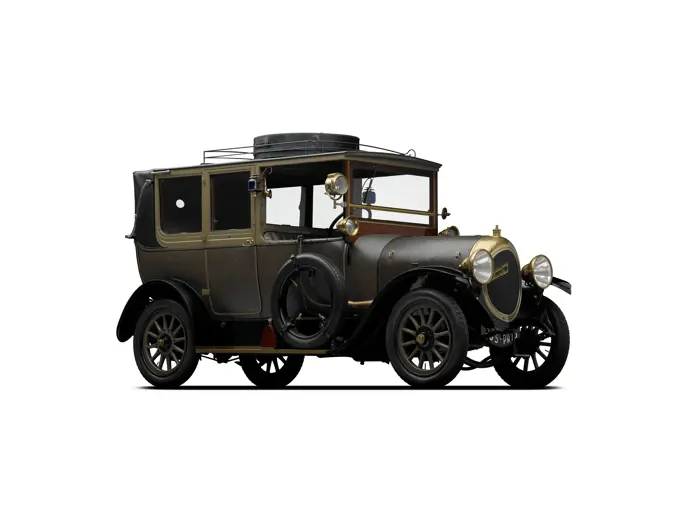Many American automakers got their start in the cycle business. The George N. Pierce Company did build bicycles, but its major products were bird cages, ice boxes, and other household items. The manufacture of automobiles was driven by treasurer Charles Clifton. Clifton had watched developments in Europe and recommended the De Dion engine, which was used in Pierce’s first gasoline car. It was British-born engineer David Fergusson, however, who contributed most to the new Pierce car, put into production as the Motorette late in 1901. By the end of the following year, 150 had been built.
For 1903 a larger car with a five-horsepower engine was introduced. The “Motorette” name was retired, replaced by Runabout. There was also a 6½-horsepower Stanhope and a two-cylinder, five-passenger touring car.
This 1903 Pierce Runabout was acquired by the Merrick Museum in 1999. Previous owners include Wade Accomazzo of Tolleson, Arizona, and George H. Sanders of Gilbert, Arizona. Restored in deep maroon with red accent striping, it has black diamond-pattern buttoned-leather upholstery and central tiller steering. The engine is mounted directly to the rear axle. There is a black cape top and right-hand tiller steering. The forward panel opens to provide a footrest for front-seat passengers, who face bravely into the wind.
Increasingly larger Pierce cars were built, and the success of a Great Arrow model in the 1905 Glidden tour precipitated the addition of “Arrow” to the company and car names. Within a few years, Pierce-Arrow was a full-fledged member of the “Three Ps,” the prestige manufacturer’s unofficial alliance with Packard and Peerless.





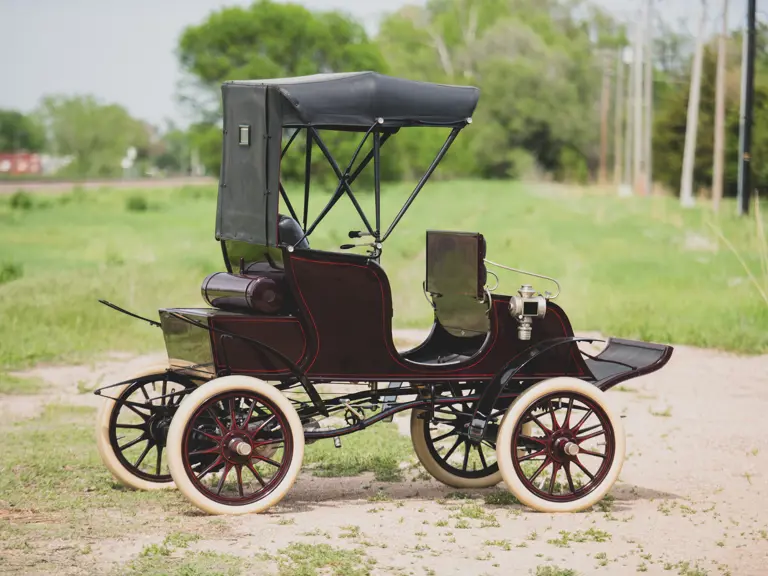
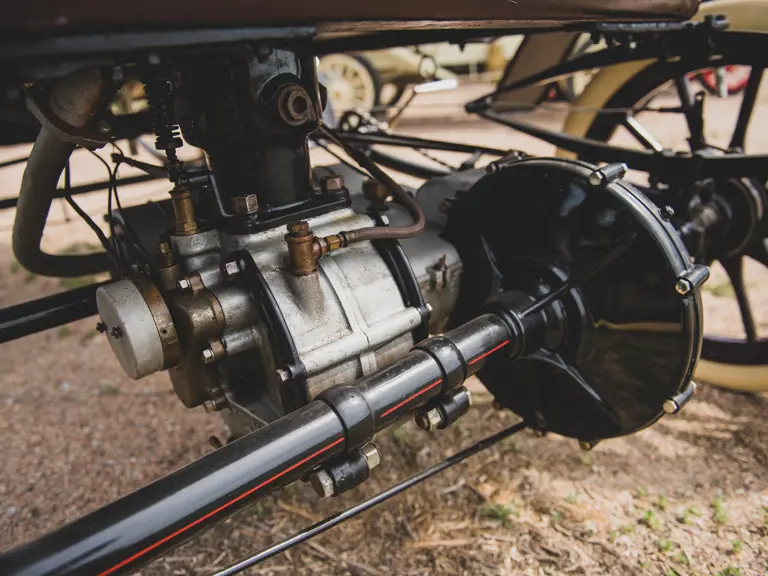


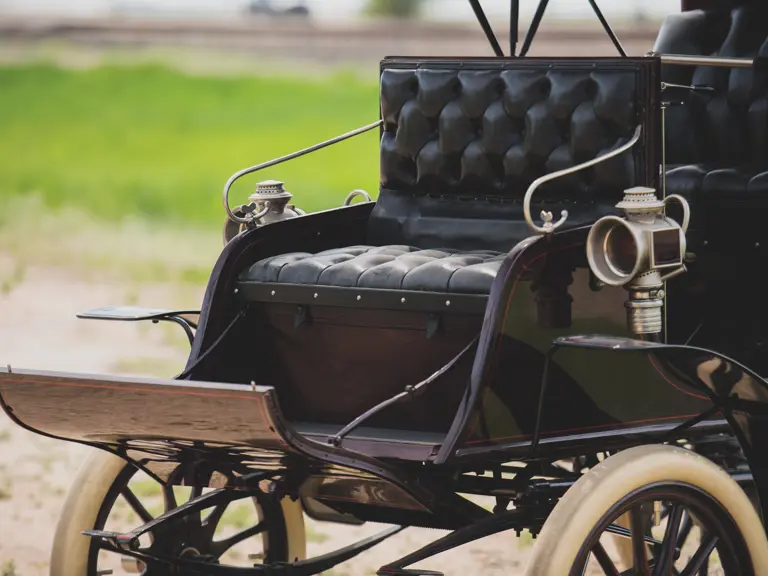
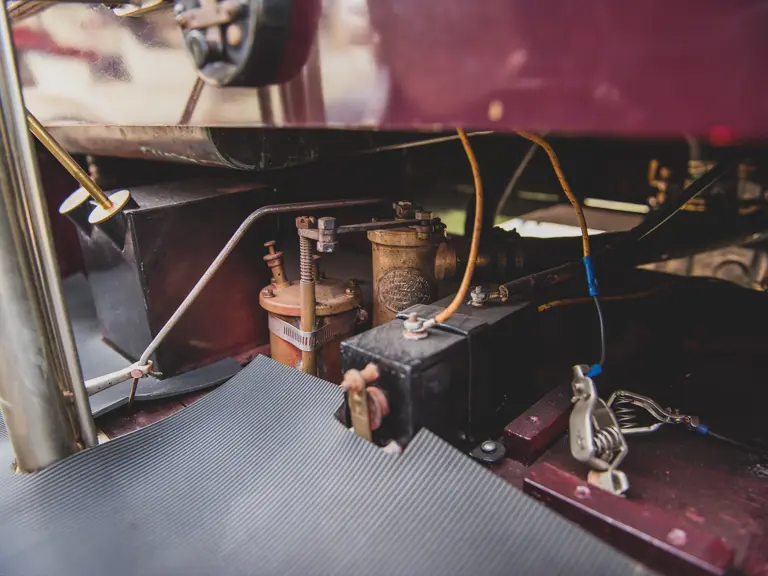
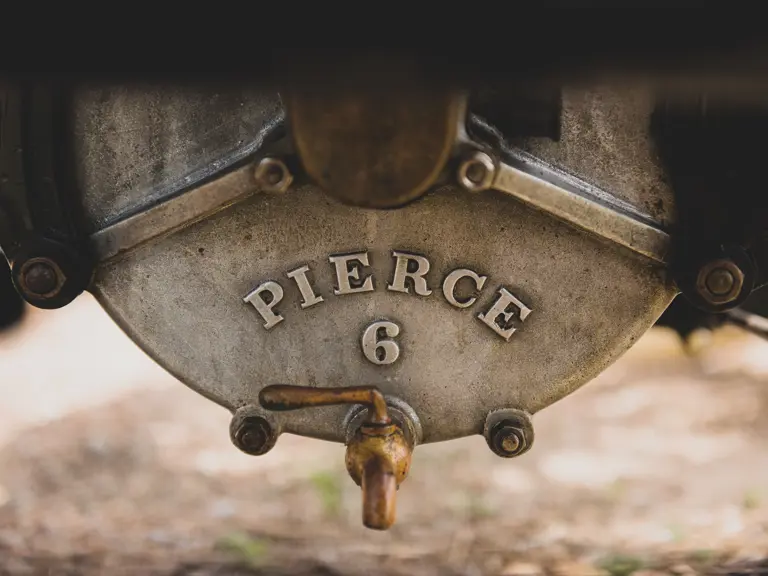
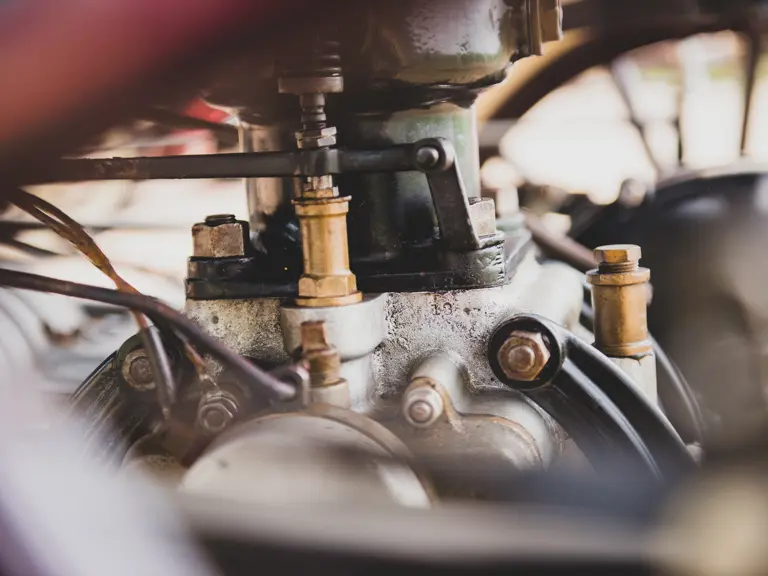
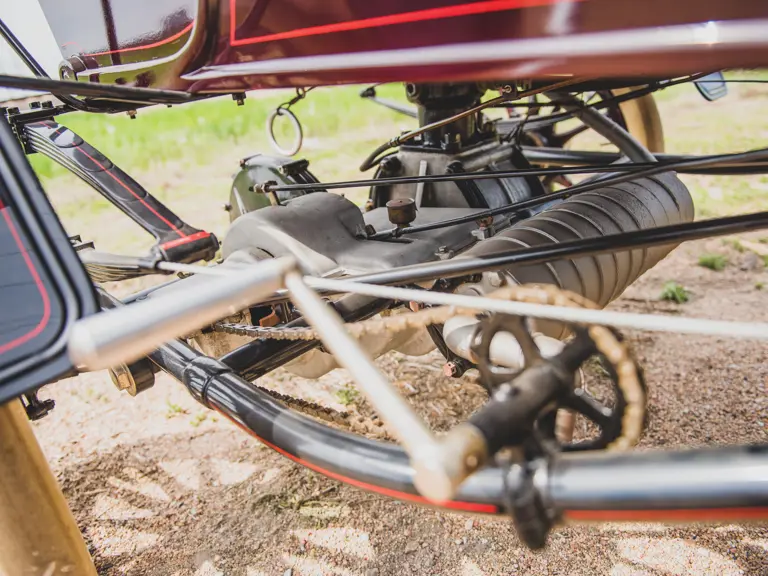

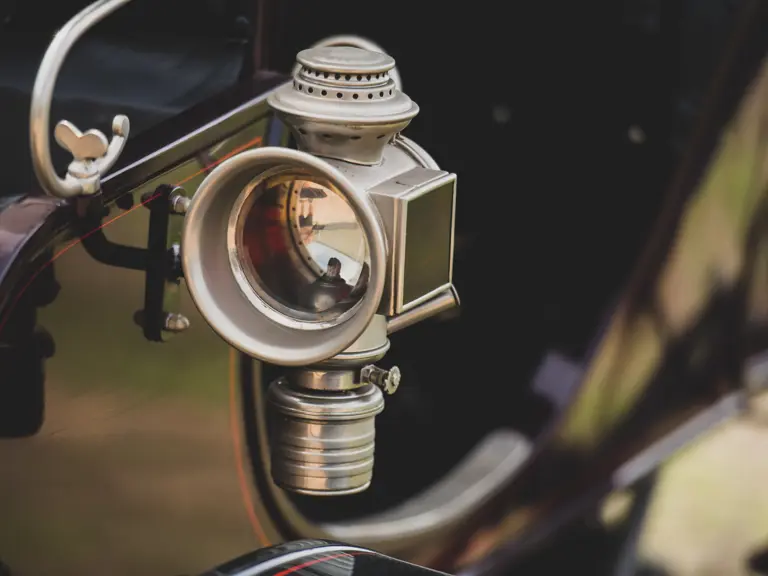


 | Hershey, Pennsylvania
| Hershey, Pennsylvania
